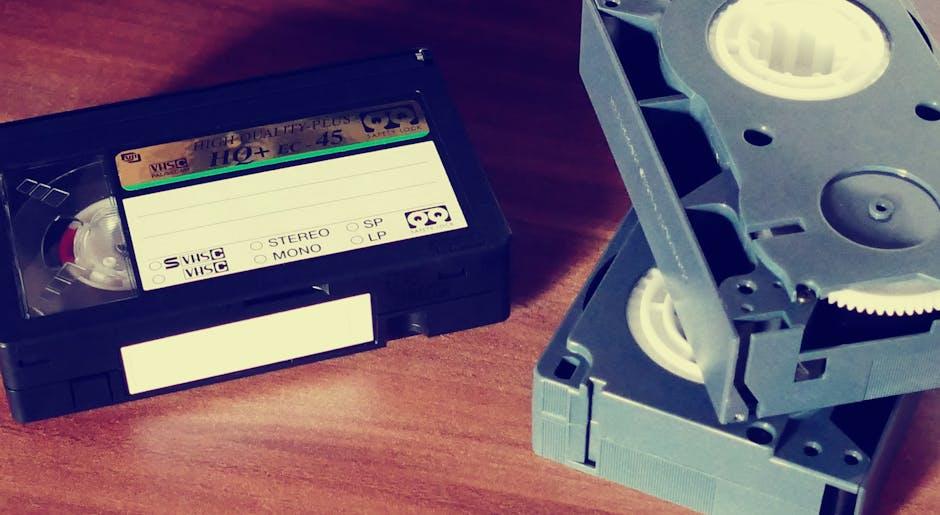In the ever-evolving landscape of science fiction cinema, the fusion of digital artistry and tangible set design has become a hallmark of visual storytelling. As filmmakers strive to create immersive and believable worlds, the seamless integration of computer-generated imagery (CGI) with real-world environments has emerged as a crucial technique. This blend not only enhances the narrative depth but also challenges the boundaries of traditional filmmaking. By analyzing the innovative methods and technologies employed by digital artists, this article delves into the sophisticated process of merging CGI with physical sets, offering insights into how this synergy elevates the cinematic experience to unprecedented heights.
Understanding the Role of CGI in Enhancing Sci-Fi Narratives
In the realm of science fiction, CGI serves as a powerful tool that extends the boundaries of imagination, merging seamlessly with tangible sets to craft immersive worlds. Digital artists employ advanced techniques to create environments that not only complement physical locations but also enhance the narrative’s depth. This fusion is achieved through meticulous attention to detail, ensuring that digital elements interact naturally with real-world textures and lighting. The result is a cohesive visual experience that captivates audiences and supports storytelling in unprecedented ways.
Key methods include:
- Layered Integration: CGI elements are layered over real sets to add complexity without overshadowing the physical environment.
- Dynamic Lighting: Digital lighting is matched with on-set conditions to ensure seamless visual consistency.
- Texture Mapping: Realistic textures are applied to digital assets to mirror the tactile quality of physical props.
- Motion Capture: This technique allows for lifelike character movements that blend smoothly with live-action footage.
By skillfully combining these techniques, digital artists elevate sci-fi narratives, transforming abstract concepts into visually tangible experiences.

Seamlessly Integrating Digital and Physical Elements on Set
In the realm of sci-fi filmmaking, the fusion of digital artistry and tangible set design creates a visually immersive experience. Digital artists collaborate closely with set designers to ensure that CGI elements complement physical environments seamlessly. This synergy is achieved through meticulous planning and innovative technology. For instance, pre-visualization techniques allow creators to visualize complex scenes before filming begins, ensuring that digital and physical components align perfectly.
The integration process involves several key practices:
- Virtual Production: Using real-time rendering to blend CGI with live-action footage, providing directors with immediate feedback.
- Set Extensions: Enhancing practical sets with digital backdrops to create expansive sci-fi landscapes without the need for costly builds.
- Motion Capture: Incorporating lifelike digital characters into scenes, interacting fluidly with physical actors and environments.
These strategies not only enhance visual storytelling but also streamline production workflows, allowing filmmakers to push the boundaries of imagination while maintaining a cohesive aesthetic.

Techniques for Achieving Realistic CGI and Set Interactions
In the realm of sci-fi filmmaking, the seamless integration of CGI with physical sets is a testament to the ingenuity of digital artists. Camera tracking is crucial, enabling the precise alignment of CGI elements with live-action footage. By using sophisticated tracking markers and software, artists ensure that digital creations move naturally within the filmed environment.
Another essential technique is the use of HDRI (High Dynamic Range Imaging). This captures the full spectrum of lighting in a scene, allowing CGI elements to reflect and interact with real-world lighting conditions authentically. Additionally, employing practical effects alongside digital ones can enhance realism. For instance, combining real smoke or wind with CGI simulations can create more believable interactions. The art of blending these techniques requires not just technical skill but a keen artistic vision, crafting a reality where the digital and physical coexist seamlessly.

Recommendations for Aspiring Artists in the Sci-Fi Film Industry
For those looking to make their mark in the sci-fi film industry, mastering the art of integrating CGI with practical sets is crucial. Building a strong foundation in both digital and traditional techniques is essential. This dual skill set allows artists to create seamless transitions between the digital and physical worlds, enhancing the storytelling experience. Consider the following strategies to refine your craft:
- Study Practical Effects: Understanding how real-world sets are constructed and lit will help you design CGI elements that blend naturally with them.
- Enhance Your Software Skills: Proficiency in industry-standard software like Maya, Blender, and After Effects can set you apart. Keep up with updates and new tools to stay competitive.
- Collaborate with Set Designers: Working closely with those who build physical sets can provide insights into scale, texture, and lighting, which are crucial for creating realistic CGI.
- Focus on Storytelling: Remember that your digital creations should serve the narrative. Prioritize elements that enhance the story, rather than overshadow it.
By integrating these approaches, aspiring artists can elevate their work, ensuring that their contributions to sci-fi films are both innovative and immersive.

